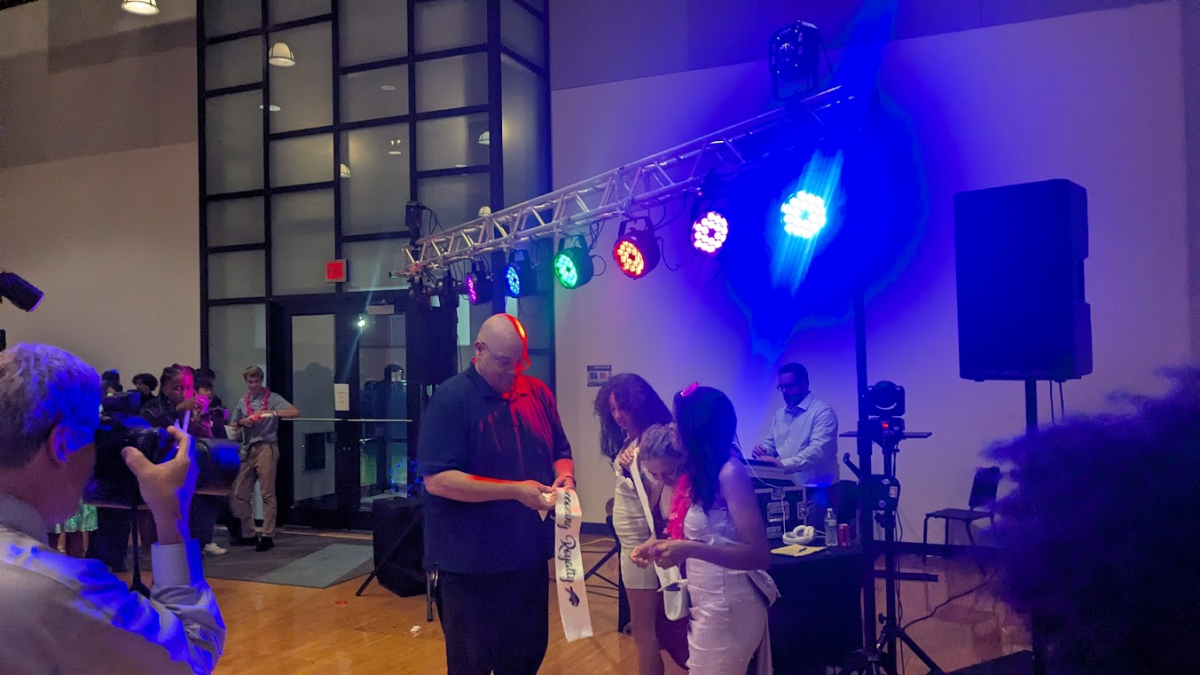The Excel Tecc Culinary Arts Program housed at BHS allows high schoolers to immerse themselves in the world of cooking and baking to prepare for a career in the industry.
The program is run by Chef Kortez Wilson and Chef Stephanie Czech, as well as culinary assistant Gabrielle Greer-Jones, who helps to run the Bistro restaurant.
Students complete the program in their junior and senior years. Junior year students are able to earn 5 credits including math and science credits, in senior year students earn 4 credits. To be eligible for credits, post secondary education and scholarships they are required to work 400 credit hours each year.
“They come to us in their junior year, and they get a fundamental understanding of education and culinary and management at the front of the house, understanding what to do from each station, training, troubleshooting, understanding what they need to do moving from the classroom to the lab,” Wilson said.
Another perk of the intensive curriculum is the ServSafe certification, which is crucial for working in the industry.
“Every employee must have an industry standard certification,” Wilson said. “We train them in that from day one so that the students can safely prepare, cook, store, everything that we do here in the restaurant. With that understanding, they move forward in the school year with training other students from station to station.”
Achieving these specifications is challenging. Students can have no more than 18 absences between the two years in the program. This is difficult as most of the students come from their own schools to work in the Bistro every day. This is a key point that sophomores considering this program should keep in mind.
Chef Wilson describes what a typical day would look like for a junior in the program:
“The students come to us in their junior year at 10 a.m.,” he said. “They leave at 1:30. So it depends on what position that they’re in, but they come in, they suit up, they get dressed to service the guests, whether it be in the front of the house or the back of the house.”
“There is a flowchart that they have to check on to make sure that they’re where they need to be,” he added. “We rotate the students in each station weekly, so that they can have an understanding in every position throughout the kitchen and the front of the house.”
As the year goes on and students learn the various aspects of running the Bistro, the instructors stand back and supervise from afar.
“We look forward to the point where we literally could just hand the kids the keys to the restaurant,” Wilson said. “They come in, set up, break down, do everything that they’re supposed to do within that time frame.”
Chef Czech explained the rigorous senior year.
“They come in at 7:45, and they leave at 9:45,” she said. “And for a couple days during the beginning of the week, there’s curriculum that’s being taught in the classroom.”
“We do a lot of culinary math, and then the mid to the end of the week, they’re taking what is taught foundation wise, and they’re in the lab [applying] hands on what they did in the classroom,” she added.
Czech shared an example of what the students were doing, learning about yield percentages and, taking as purchase quantities and edible portion quantities and then manipulating those to figure out the yields. Then the following days they went into the lab to create recipes to apply the math they had learned in the classroom. This teaching method allows them to apply the curriculum to real-world professional situations.
Students also apply their classroom knowledge and earn lab hours by working in industry.
“Part of their grade for senior year, they have a co-op,” Czech said. “90% of their grade comes from their co-op. They get evaluated by their superiors at their job, and all their jobs have to be in industry. So I have communication back and forth with all their managers, and then that’s where some of their grade for their co-op comes from.”
The holiday buffet on December 19th is one of two grand events that the bistro hosts each year, with the second one at the end of the school year. The goal of this event is to have the creative freedom to put together menus with food such as prime rib at the highest quality and offer it to customers for cheaper prices. The Bistro is not-for-profit and charges $26 a person for their grand buffet events.
The students spend hours preparing all of the food and desserts from scratch, as well as setting up the bistro and community room for almost 250 people who attend. Both seatings at 11 and 12 o’clock usually fill up quickly.
In a typical week when they are up and running, the Bistro is open from 11 to 12:30 on Wednesdays, Thursdays and Fridays. The number of visitors has steadily increased in the past five years as more people come to eat at what some call the “secret diamond in the middle of Beachwood.”
For advertising the Bistro relies on word-of-mouth, and current info is updated on the Bistro website. Gabby Greer-Jones, the Culinary Instructional Assistant, sends out invitations for the elder class every month too.
Culinary program students also have an opportunity to compete in FCCLA competitions, including culinary arts and two baking and pastry competitions. The Bistro has a history of placing extremely well with trophies to prove it.
There is also a cake baking tournament where competitors are given specific orders for what has to be on the cake, as if they are baking it for a customer.
In other events, competitors have to make a quick bread and another pastry, such as an eclair, all in the span of three hours.
The last part is the culinary arts competition.
“Culinary arts is where the students prepare the same menu as all of the other competitors in the state,” Czech said. “It’s the phase where they prepare a starter, which is a salad or soup, and an entree.”
“They have to also prepare a starch and a vegetable with that,” she added. “And then there is a cold food preparation where they prepare a cold platter for guests or for a guest party for up to 10 to 12 people.”
To prepare, students learn about the rules and regulations they will have to follow. The creative aspect to the competitions can only be taught by practicing after school for two days a week. As it gets closer to the date they also spend time in lab to prepare. Sometimes the chefs invite other industry professionals to come in and judge and help with the process.
Beachwood junior Alexis Gambatese reflects on her experiences through the program.
“Some fun experiences in the culinary program [have included] many field trips, one being to the West Side Market,” she wrote in an email.
Also, she is impressed by the efficiency and quality of the culinary education.
“…In the Bistro, we can be trained on something in one day,” she said. “For example, when our grill broke, the people on the hot line were trained on sandwiches in one day.”
Czech emphasized the importance of the interpersonal skills that students gain in the program. Many come in nervous about interacting with customers; however, they come to realize that customer service can be rewarding and fun too. Then there are also the experiences they have managing tasks and sharing responsibilities with teenagers from the other schools involved.
The chefs offered some advice for underclassmen considering applying for the program.
“It’s a lifelong skill… even if it’s not [your] career… it might be something you are interested in, [or] it might be something that you [end up being passionate about]. You never know,” Czech said.
“And even if it’s not the career that you are going to [pursue], [these are] lifelong skills that no one’s going to take away from you,” she added.
Wilson agrees that the program is beneficial for students whether or not they end up pursuing a career in culinary arts.
“We have a huge number of students who come through our program and they realize, hey, this is not for me,” Wilson said.
Some students may have the passion for the field but not realize how much work they will have to do.
“I think this puts kids in the right direction before they go into post secondary education because that is a ton of money to invest in yourself, [so you want to be sure],” he said. “That’s why we really enjoy giving the students this opportunity because they need to know.”


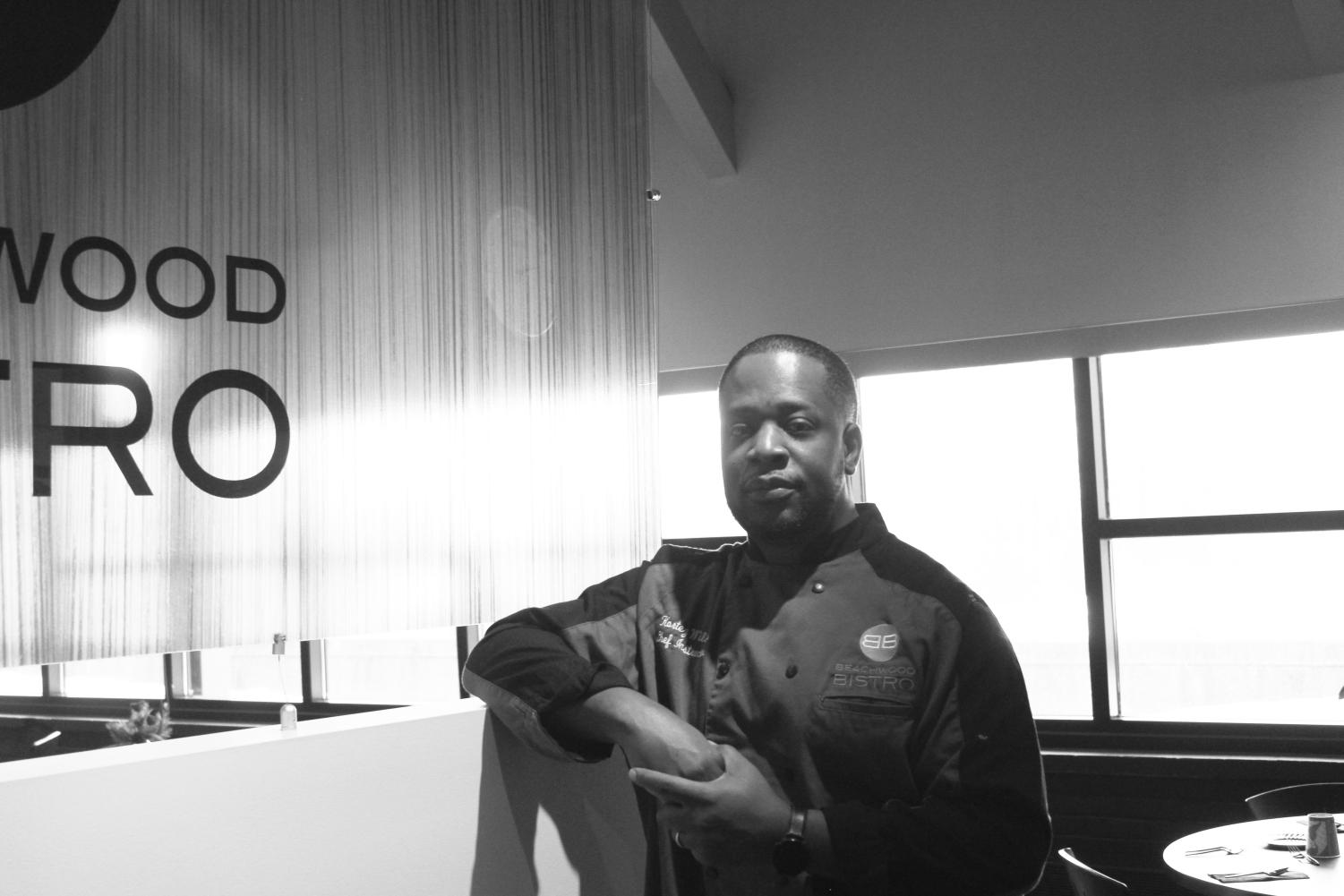
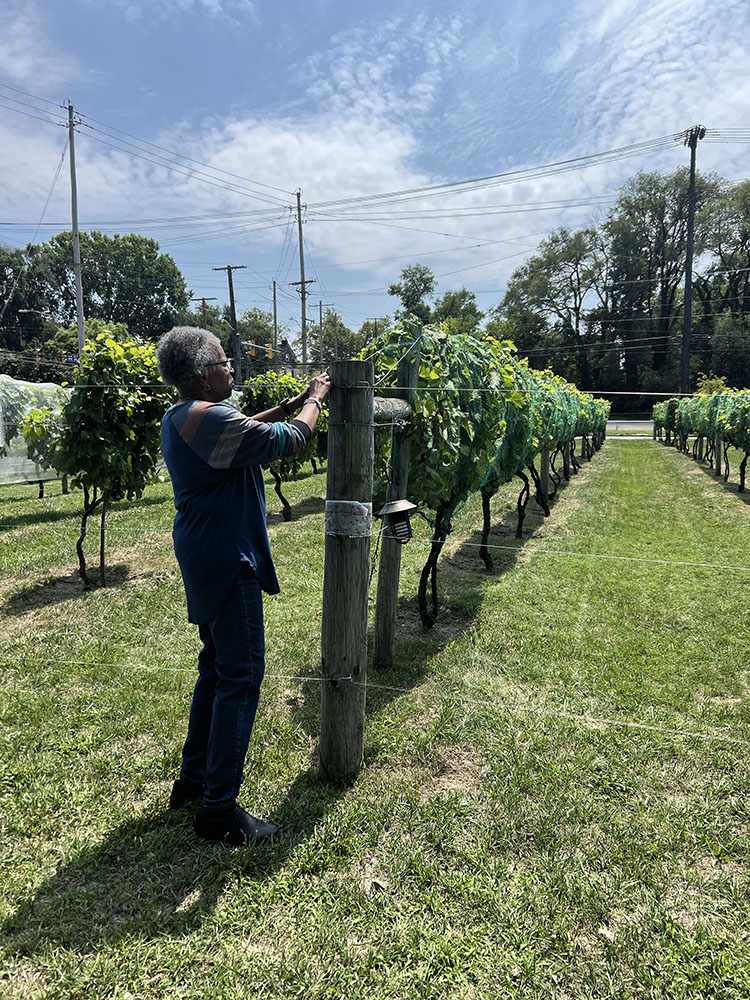

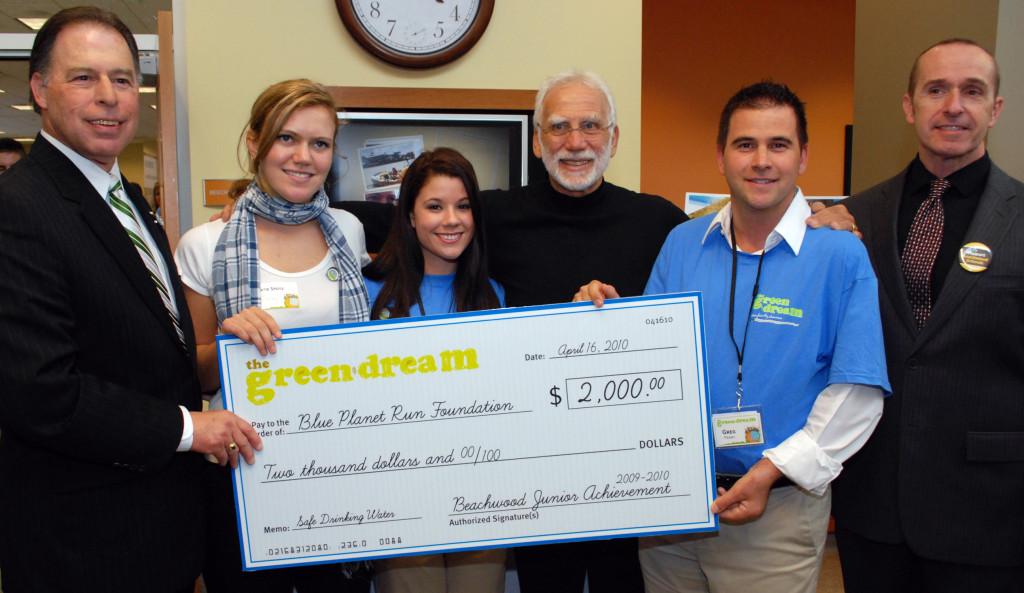
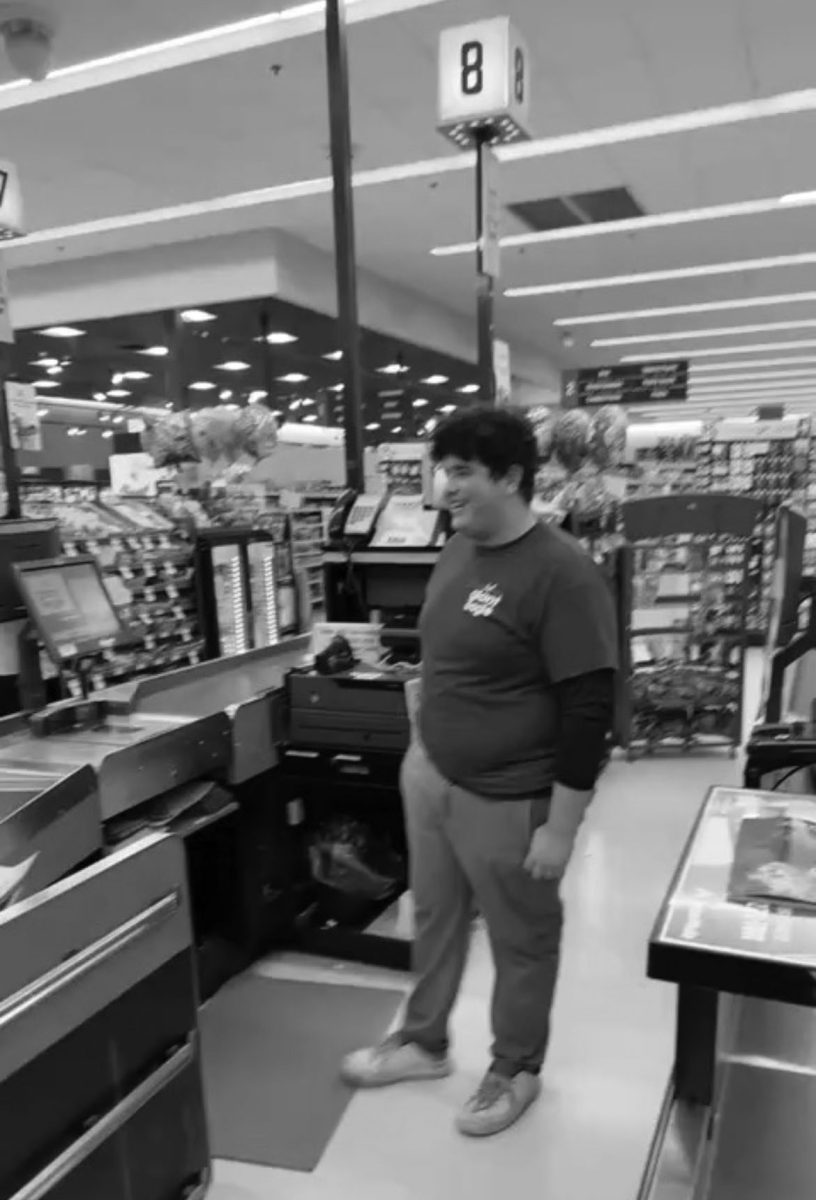



![“My parents have always said that education is important. My parents are Chinese immigrants, I'm Chinese American, [and that's a] value that has always been ingrained in our community,” said Senior Lyndia Zheng, pictured with Tony Zheng](https://bcomber.org/wp-content/uploads/2025/10/DSC_4244.jpg)



